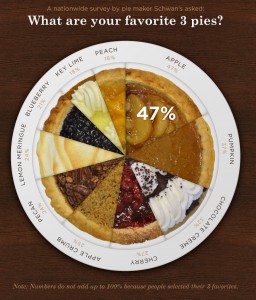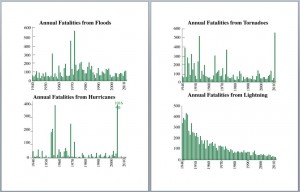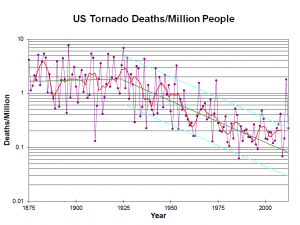Stuff has a headline “Overseas advice: ‘Don’t test party pills on animals’” and lead:
New Zealand will fly in the face of international animal welfare conventions if it allows legal highs to be tested on animals.
However, if you actually read the story, you find that this is not just misleading, but clearly untrue.
They mention responses from three countries. In Canada
… unable to find “any information suggesting” there was a ban on using animals in recreational drug or alcohol research testing in Canada.
In France and the EU
But France recently banned the use of animal testing in the cosmetic industry and policymakers are under pressure to extend that to the legal high, alcohol and tobacco industry.
The European Union has also introduced a ban on the sale of any cosmetic or personal care product which was tested on animals.
and only in the UK was the response consistent with the story
Judy MacArthur Clark, head of the animals in science regulation unit at UK’s Home Office, replied that any proposal to test for the safety of recreational drugs would be “rejected”.
You might also ask how these countries test legal highs for safety, if they don’t use animal testing. The answer, of course, is that they don’t test legal highs for safety. Not one of these countries has legislation or procedures for approving and regulating new recreational psychoactive substances, but they all do require animal testing for new medications, two facts that Stuff might have considered mentioning. The reference to LD50 lethal toxicity testing is especially misleading, since the same paper claimed credit in January for the fact that LD50 tests had been ruled out by the Minister.
The ‘legal highs’ regulations are new. No other country has anything similar. New Zealand can’t base its testing regimes on what other countries are doing, because other countries aren’t doing it. It would be useful to have some informed public discussion on how testing should be done, since it does involve the sort of tradeoffs where, in a democracy, the public should have input. This sort of story doesn’t help. Quite the reverse, in fact.
[Update: Here are three research papers involving animal (mouse and rat) testing of synthetic cannabis compounds done primarily for regulatory or forensic purposes, in Australia, the US, and Russia]


